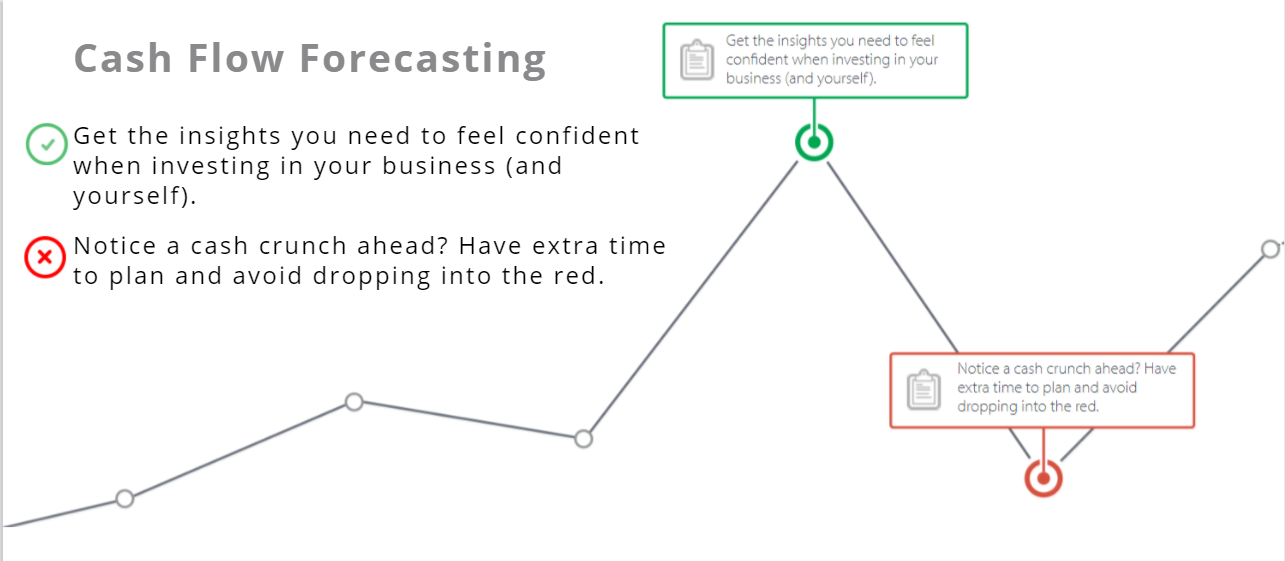Your e-commerce business growth and success are highly dependent on your supply chain performance. Whatever business you are running, you always have the room to improve the performance of your supply chain. This article will look at six supply chain investments you should make to grow your e-commerce business.
- Inventory Management Software
Inventory management software is a tool that allows you to have an overview of the number of goods or products that you have in stock. Its design makes it possible to manage supplies, inputs, outputs of stored items. Thanks to its many features, it is easy to set up and use. If you don’t already have one, you should invest in it to grow your e-commerce business.
In the past, establishing an inventory of products in stock proved to be a difficult task because it was done manually. It took a lot of time, attention to minimize errors in the files. Thanks to the automation of inventory management, companies have been able to gain in efficiency. Keeping stock is no longer the sole responsibility of one person.
The software makes it possible to know at any time which articles are available, which must be renewed. This allows better management of orders, sales and avoids being out of stock. Customers are thus delivered on time, and the company improves its profitability.
By saving time on managing your stocks and improving your supplies and deliveries, you are more available to develop new ideas for your business. Indeed, with the new organization brought by the stock management software, you can devote yourself to implementing new sales strategies.
You can improve the quality of your services to satisfy your customers better. This software is essential for any structure that wants to be sustainable. In addition, if you plan to own several structures or already have them, the software ensures synchronized inventory management.
2. Warehouse Management Software
The warehouse management software (WMS) helps in stock and order management. It does not cover the entire logistics chain but manages supply, warehousing, deliveries, or even shipments. It is a real help for companies offering goods and having large storage spaces. The WMS is a tool with many different functions. This management software provides many aids for certain tasks or even total automation from order taking to delivery.
The system needs to be connected to other management systems such as invoicing, purchasing, or even sales software for these functionalities to be used optimally. The best way to use a WMS is, therefore, to integrate it into enterprise resources planning. It is also one of the essential components of ERP.
If there is one sector in which the use of a WMS is essential, it is e-commerce. The orders are placed directly via the Internet. All that remains is for the software to receive them and start the other operations.
3. Automation
Companies that harness technology to streamline their supply chains can stay competitive within their industry by providing efficient customer service. With supply chain solutions, businesses can promote a smooth workflow from item replenishment to order fulfillment by increasing inventory turnover rates.
Automation involves different technologies, from software to robotics, improving every phase of the supply chain. Companies should evaluate their operations and determine how automation can improve their performance. Process automation can be used in various phases of the supply chain, including-
- Billing
- Fulfillment command
- Stock management
- Customer service
- Marketing Multi-Sites
- Order Stock
- Financial monitoring
4. Fast Order Processing and Accuracy
Managing orders in the warehouse is the essential element of success during the fulfillment cycle. An efficient order fulfillment system improves process reliability and efficiency as well as customer confidence. To enhance the efficiency of your operations, it is, therefore, necessary to have efficient preparation.
The speed and accuracy of your deliveries matter a lot. You should always ensure you deliver your items on time and in the perfect state. This will help you gain customer trust easily, which is vital for business growth.
5. Shipping Time and Costs
According to findings, 65% of cyber-consumers define “free delivery” as a key criterion for their purchases. However, to offer delivery, you must keep your shipping costs and time to a minimum.
The cost of shipping a product can be determined by three factors: speed, distance, and weight. You can bring down the costs by decreasing the weight package, minimizing distance, and maximizing speed.
To reduce the weight of your packages, choose light cushioning. For example, instead of using wood carving to protect goods, opt for paper or an air cushion. For small shipments, drop the box and opt for a bubble envelope.
You should also negotiate with your carriers. The carrier is your primary delivery partner. Before committing to a provider, take the time to check the rates of other transport companies. Also, remember to negotiate with the chosen service provider to obtain any discounts.
6. Reverse Logistics
This is the last step in the supply chain. Reverse logistics is the process of moving goods from the point of consumption to the point of consolidation to recover their value and minimize their impact on the environment. For example, it takes care of returning a product to a distributor, door-to-door waste collection, the collection of reusable transport packaging, or even the return of a device at the end of its rental.
For goods not to enter a return flow unnecessarily, setting up an entry check is necessary. Entry control or gatekeeping is the screening of defective and unjustified returned goods at the starting point of the reverse logistics process. You should set a clear return window and be clear on who qualifies for a return.
Conclusion
There are many things involved in the supply chain process, making it difficult for most e-commerce business owners to understand what they exactly need. You should improve them to save time and money and make your business more profitable. These vital investments will make your e-commerce business grow.









